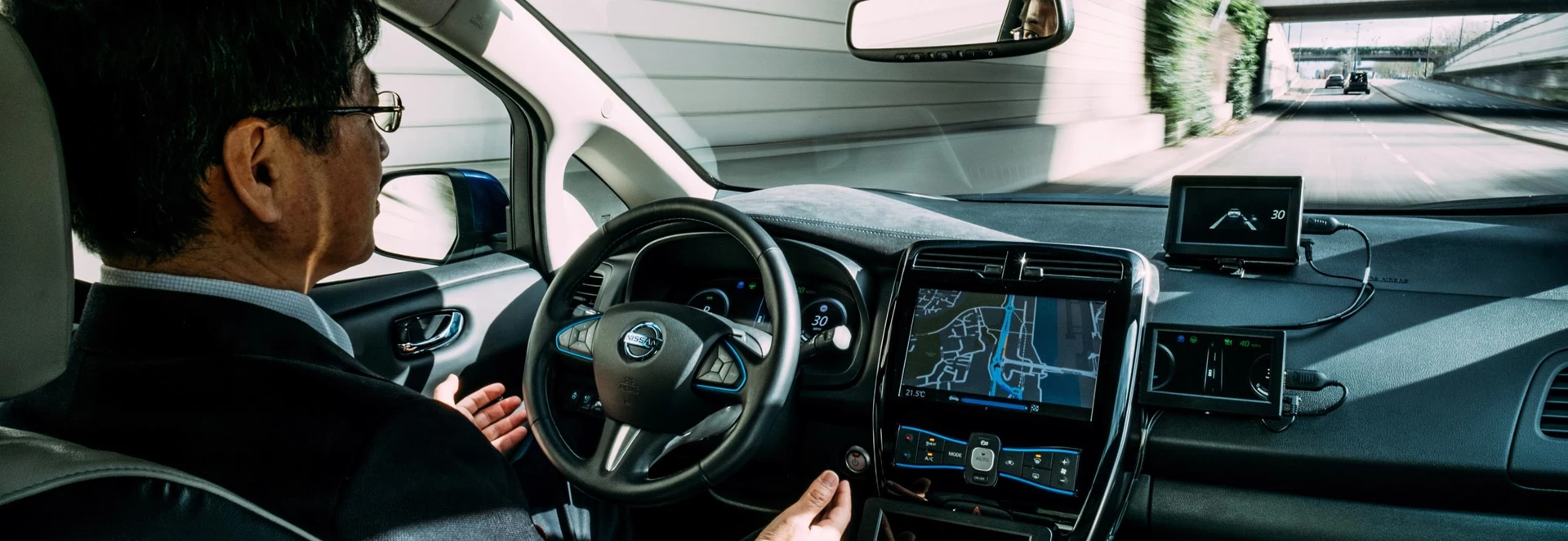Insurance groups in Britain have expressed concern that motorists could become confused when trying to distinguish autonomous and semi-autonomous driving systems. They’ve also warned that manufacturers could confuse car buyers over the different levels of driverless car tech onboard their vehicles, which could result in a higher number of accidents.
While international regulators are working on rules establishing what assisted and automated systems can and can't do, a white paper has been released by the Automated Driving Insurer Group (ADIG), led by the Association of British Insurers (ABI) in collaboration with Thatcham Research.
The white paper in question, known as the Regulating Automated Driving paper, establishes that many UK insurers strongly support vehicle automation and believe they can and will reduce motoring accidents.

However, concern is expressed by the insurance groups that drivers could potentially misunderstand how intermediate automated systems work. While such systems offer significant self-driving capacity, they also require the driver to take back control of the vehicle in certain circumstances.
The paper recommends that a clear distinction between assisted and automated systems should be established by international regulators considering design standards for these vehicles.
The CEO of Thatcham Research, Peter Shaw, said: “Vehicles with intermediate systems that offer assisted driving still require immediate driver intervention if the car cannot deal with a situation.
"Systems like these are fast emerging and unless clearly regulated, could convince drivers that their car is more capable than it actually is. This risk of autonomous ambiguity could result in a short-term increase in crashes.”




